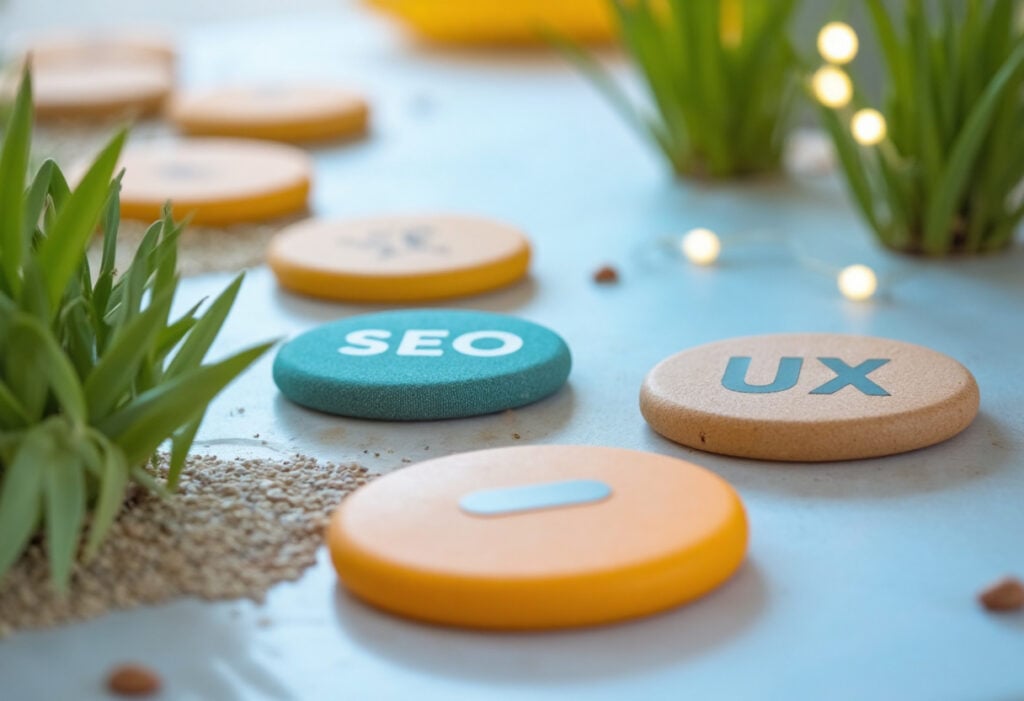No, you haven’t hit your head and ended up back in 2007. Custom cursors are back like they never left and they’re the latest accoutrement to website UI/UX worldwide. These aren’t the gimmicky space invaders and sparkling unicorns of yester-year. The latest generation of custom cursors are sleek, sexy and designed with the user in mind… for the most part.
Are they worth it?
As with everything, it’s not necessarily the product – it’s how it’s made. Similar to the iPhone/Android debate, whilst some people love the physical design of an iPhone, others prefer the customisation and usability of Android. Cursors are the middleman between the user and the website, and when a feature is that integral, it’s extremely important that any customisation doesn’t limit the user but only serves to enhance their journey through your site.
Whilst the cursors are a nice addition to any website and add an extra layer of branding, they don’t come without their pitfalls. We’ve seen a number of issues arise with the popularity of custom cursors. For some, they can confuse and complicate the user journey too much, detracting from the overall user experience. This is only exacerbated if the custom cursor isn’t designed with usability in mind. If it isn’t clear to users where the click point is on the cursor, or if the clickable area hasn’t been enlarged to accommodate the new cursor, then the new cursor only serves to frustrate and deter users from your site.
Are they fun or annoying?
Well… yes. To both. Features in any site that go against the grain tend to be “marmiters” – people either love them or hate them. Whilst some users will respond well to the interactivity that they provide, others will find the feature to be irritating, gimmicky and superfluous. For the most part, the reaction that a user has to the new feature will be dependent entirely on personal preference. That said, there are steps that can be taken to anticipate these responses and try to elicit excitement instead of discouragement. By ensuring that the new feature is well designed and enhances the user experience as opposed to just serving as a visual gimmick that brings little to no value, you can give your website an instant creative edge.
Suitability
There are some fantastic cursors out there in the big world wide web, but we have had the misfortune to experience cursors that make you want to abandon ship and leave the site as soon as possible. If only the cursor would stop lagging enough to let you close the tab instead of leaving you sputtering profanities across your desktop, making a cursor out of you.
When designing any website or interactive technology, it’s important to bear users with impared mobility in mind. Although the latest addition to your site may look nice, that means nothing if it renders your site inaccessible. If the cursor lags or is too animated, this can prove extremely frustrating for any user, but especially those with reduced mobility in their hands or those who find an over-facing interface to be overwhelming and stressful.
Additionally, it’s important to consider your target audience when considering the use of custom cursors. If you’re a young, quirky brand targeting under 30’s, a custom cursor would likely enhance your audience’s interaction with your site. However, if you’re targeting the over 50’s with an informative, formal blog then extras like custom cursors would be likely to deter users from your site and increase bounce rates.
Do they work across all browsers?
No, they don’t. In the same way that a lot of new CSS and JS interactions are only compatible with recent browsers with the capability to support the technology. Does this mean that you should avoid using them all together? We don’t think so. If a user accesses your website from a browser that doesn’t support custom cursors, the custom design simply won’t render and it’ll default back to the standard cursor. No harm, no foul. This limitation does however mean that this could become an issue when areas of the website are designed around the cursor, then the website won’t be as engaging as sites with the cursor, and the features that are designed around the cursor may look out of place.
Will they reduce your page speed?
One of the contributing factors to good UX & SEO is the load time of your website. A slow load speed can be detrimental to your website’s SERP ranking. Load speed can be affected by poor image optimisation, oversized pages and bulky media. With this in mind, it’s important to consider the load speed implications of any additions or upgrades to your website. Custom cursors, however, won’t make enough of a page load speed difference to impact your SERP ranking or hinder user experience through loading time lagging.
Custom Cursor FAQs
Are custom cursors a virus?
Custom cursors are generally safe, as long as you take certain precautions. Make sure not to download custom cursors from unknown sites. Research the site’s reputation before downloading.
When it comes down to it…
They’re an interesting and surprising feature for now, but we predict that soon they will become the norm for desktop devices. We already use reactive custom cursors every day, however, we never really notice them as they’ve become the standard. For example, rolling over a button will change the cursor from a pointer to a hand, or rolling over text may change the cursor to a text cursor. They’re intended to reduce friction for users and to increase the ease of use of the website. That said, the parameters of web design have changed dramatically over the years, though cursors have remained relatively standardised in design and implementation, maybe it’s time to shake things up a bit?
At Yellowball, a leading web design agency in London, we’ve got a proven record for helping business owners across the UK develop powerful marketing strategies that drive measurable results. Let us show you how to make digital marketing drive your organisation’s success. Contact us today.









